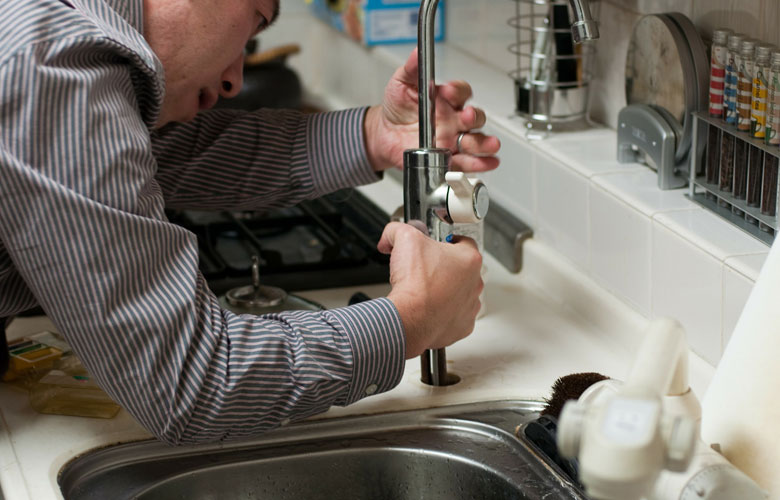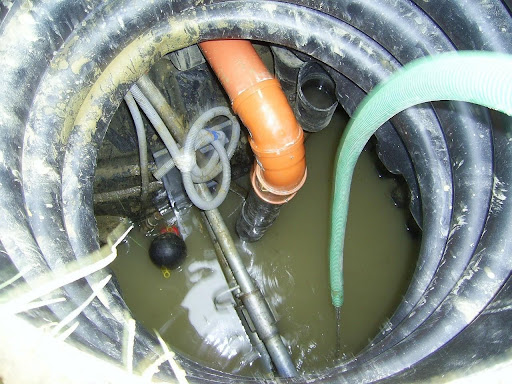What are your opinions regarding How to handle a clogged drain in your home?

Intro
Handling an obstructed drainpipe can be a frustrating experience, interrupting everyday tasks and possibly causing damage to your home. However, before reaching out to plumbing specialists, there are actions you can require to resolve the concern on your own. In this guide, we'll explore DIY solutions and preventive measures to tackle an obstructed drainpipe successfully.
Determining the Issue
The primary step in dealing with a blocked drainpipe is acknowledging the signs. Slow-moving drain, gurgling sounds, foul odors rising from drains, or water backing up prevail signs of a blocked drainpipe. Identifying these indicators early can help protect against even more difficulties.
Usual Reasons For Blocked Drains
Recognizing the elements that contribute to drain pipes blockages is important for effective resolution. Common culprits consist of hair, soap residue, oil, food debris, and foreign objects like hygienic items or paper towels. Tree origins getting into underground pipelines can also cause significant obstructions.
DIY Solutions
For minor obstructions, a number of do it yourself services can be efficient. Pouring boiling water down the drain can help liquify grease and debris. Baking soda and vinegar or a mixture of salt and baking soda can work as all-natural cleaners. Using a plunger or plumbing serpent to remove obstructions is one more option.
Devices and Devices
Having the right tools accessible can make DIY drainpipe cleaning up much more efficient. A plunger is a versatile tool for clearing clogs in sinks, commodes, and showers. A pipes serpent or auger can reach deeper obstructions, while drainpipe cleaning chemicals can be utilized carefully for stubborn blockages.
Safety nets
To prevent future clogs, taking on preventive measures is important. Install drainpipe guards or filters to catch hair and debris prior to they enter the pipelines. Routinely flush drains with hot water to dissolve oil build-up, and prevent dealing with oil or solid waste away.
When to Call an Expert
While DIY options can settle small clogs, particular indicators suggest the need for professional help. Consistent obstructions, foul odors in spite of cleaning efforts, or numerous drains backing up simultaneously are warnings that call for professional treatment.
Selecting the Right Plumbing Solution
When selecting a pipes solution, think about factors such as experience, licensing, and customer testimonials. Choose a reliable plumbing professional with a performance history of top quality workmanship and transparent prices techniques.
Expense Factors to consider
The cost of professional drainpipe cleaning company can differ depending upon the extent of the clog and the plumbing's rates. Demand quotes from several service providers and inquire about any surcharges to make sure transparency and stay clear of shocks.
Safety Measures
When trying do it yourself drainpipe cleansing, prioritize safety. Use protective gloves and eyewear to avoid contact with unsafe chemicals or microorganisms. Never ever mix different drainpipe cleaning products, as this can generate harmful fumes.
Case Researches
Real-life examples highlight the efficiency of DIY options and the significance of prompt expert intervention in resolving drainpipe clogs.
Final thought
By adhering to the suggestions laid out in this guide, you can efficiently tackle blocked drains pipes and prevent future plumbing concerns. Whether selecting DIY services or seeking specialist help, punctual action is essential to maintaining a healthy and balanced pipes system and preserving the stability of your home.
How to Clear a Clogged Drain Yourself (And When to Call In the Professionals)
What Can Clog a Drain
Dirt Skin flakes Hair Grease Soap scum Food Offset pipes Tree roots Small objects Mineral buildup DIY Tricks to Unclog a Drain
You can fix this! Once you have identified the source of the clog (or have a vague idea), you can try one or a combination of these fixes in order to clear your plumbing.
Wire Hanger or Snake
Untangle and clear out hair from a drainpipe with a homemade snake. Use a straightened-out wire hanger with a 90-degree angle hook to locate the clog and drag out any unwanted material.
Remember not to push the clog further down to where the wire hanger cannot reach! If you need to follow up with a plunger, give it a try. Your efforts might be more successful after it’s been wire-snaked.
If you want to get fancy and don’t have a wire hanger to spare, head to the store and pick up a hand-operated drain snake. You can get one for $10-$30. It may save you the hassle, and provide additional length to reach deep into the clogged pipe.
Plunger
A cup plunger has a suction cup attached to a wooden handle. The rubber creates a seal around the drain, and increases the pressure force of the plunger.
Plunge for 30-second increments to loosen the clog. This may need to be repeated over the course of 15-20 minutes. Once plunged, run the water to flush the remaining material out of the drain.
Remember– never use a plunger if you have used a chemical drain cleaner. These chemicals can splash up from the force of the plunger and cause serious injury or burns.
Boiling Water
Hot water can sometimes break up materials into a flushable amount. Dirt, grease, and soap buildup requires heat in order to unstick from surfaces.
Take your kitchen kettle and heat your water to a boil. Once it reaches a rolling boil, pour it directly down the drain into the blockage. Carefully follow with plunging, if necessary.
Don’t worry if this takes more than one try! It can often take multiple kettles and repeated plunging in order to clear a particularly stubborn clog.
Chemical Drain Cleaner
As a last resort, pick up a bottle of chemical drain cleaner. Drain-cleaning chemicals are potent, and not very good for the environment.
You may need to wear protective eyewear in gloves before handling your bottle of chemical drain cleaner. Follow the instructions printed on the bottle, and flush with water as soon as the instructions allow. Do not follow with plunging.
Baking Soda and Vinegar
As a safer alternative to chemical drain cleaner, baking soda and vinegar can create a chemical reaction that clears tough clogs.
Combine one cup of cleaning vinegar with one cup of boiling water, and set aside. Once you have done this, pour half a cup of baking soda down the drain. Give the baking thirty seconds to settle and cover a large portion of the problem drain.
Following the baking soda, pour down your vinegar and hot water solution. Once the vinegar and baking soda combine, the mixture will bubble and fix. Let this reaction fizzle in the drain for about an hour.
After an hour, follow with a kettle’s worth of hot water. The heat and liquid should flush out any remaining material.
When to Call a Plumber
If your DIY attempts haven’t cleared your clog drain, it’s time to call in a professional. It’s not worth losing access to your kitchen sink or high-traffic bathroom. A clog in a vital area can keep you from the things you’d rather be doing, and derail your routine.
Anytime a clog is causing water to spread is a time to call in a plumbing service. What starts out as a little bit of water can quickly grow into serious, expensive water damage.
Additionally, a serious clog can result in burst pipes or serious leaks. Make sure you know when to take it seriously!
https://myguysnow.com/how-to-clear-a-clogged-drain-yourself-and-when-to-call-in-the-professionals/

Hopefully you liked our article about How to handle a clogged drain in your home. Thanks a lot for taking the time to read our article post. If you please take the time to distribute this post if you liked it. Thank you for your time. Please stop by our blog back soon.
Need Help? Hire Us Now!